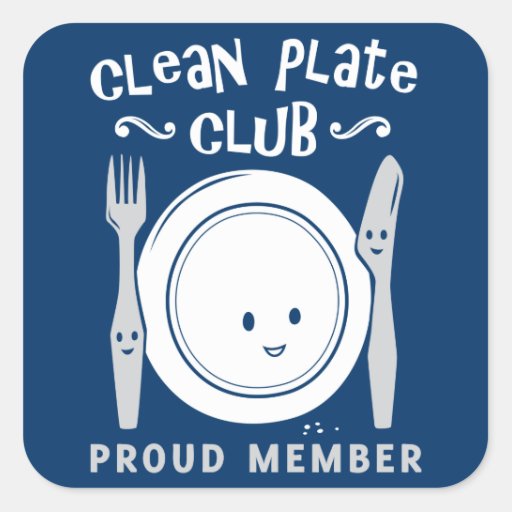Yesterday, we woke up in Whitehorse intending to spend another night in Canada. An hour later and multiple plan changes, we decided to head to Skagway and head back to Haines via a ferry today.
To those of you who want to understand the route in reference to the rest of the continent a bit better, here's a Google Map screenshot:
 |
| 29-hour vacation route |
However, once we got to Skagway, we realized that most shops had closed for the season. It was a ghost town. Skagway has a more dramatic population drop than Haines. Both are affected seasonally by the tourism industry, but Skagway's population swells and drops a bit more dramatically.
Haines has around 2,500 residents in the summer and 1,500 in the winter. Skagway's summer population is 2,000 while it has around 800 residents in the winter (according to
the Skagway Chamber of Commerce - but
Trip Advisor estimates winter numbers at 450 residents).
Therefore, we decided to change plans once again and get on the 3 pm ferry back to Haines. This way, I got to see Kyle before he left for a fire conference in Seward and my mom and I got to test out my first attempt at salmon chowder.
You see, we encountered colder weather up in the Yukon. We got slushed on in Whitehorse and had very cold rain blown at us on the way to Skagway. It chilled our bones and gave us a good appetite for warm soup.
I've been wanting to try different preparations of canned salmon - I tend to get sick of salmon burgers after a few times eating them in one month. Canned salmon is some of the healthiest preparation. Kyle's dad catches it, his mom helps us jar it safely, and then it lasts for years. The canning process gelatinizes the bones, so no need to dig out pin bones before canning. This also makes them an excellent source of calcium.
My mom has had a lot of experience in cooking. First, personal experience starting young, and then over the past few years, she has been attending international culinary schools to fine tune her art. She has a strong preference towards French cooking. She'll imitate Julia Child for you if you're lucky.
She guided me through my first experience making any kind of soup. I know, soup is typically an easy dish, but I have cooking self-efficacy issues. Once I can do it successfully, there is nothing stopping me. BUT I do have a lot of fear keeping me back from trying a new recipe.
I'm not alone with first-timers fear. Check out this Kickstarter page to fund a guy's first go at
potato salad.
Here's what I remember from our recipe. The good news is that I learned that soup is hard to mess up, so if you change the amounts of ingredients, it'll probably still be great.
 |
| This tupperware photo is proof positive that hindsight is 20/20 |
First set of ingredients:
1 onion, diced
1 shallot, finely diced
2 cloves garlic, minced
3 tbsp canola oil
Second set of ingredients:
4 cups water
6 small potatoes, cut into child-bite-sized pieces, so they cook faster
Third set of ingredients:
2 half-pints canned salmon
2 cups whole milk
1 tsp dried dill
1 tbsp sea salt, to taste
Steps:
1) Put all ingredients from first set into a medium-sized stock pot. Sautee the onion, shallot, and garlic until the onion is golden brown. I found it important to not rush this step - it will take time, but it will be very much worth it.
2) Add the second set of ingredients. This step is done when the potatoes are cooked.
3) Once the potatoes are cooked, add the third set of ingredients. Once the soup is back up to the earliest stage of boiling (not even barely a boil), it's ready to serve.
Feel free to post your own picture of this chowder when you give it a shot. It should be a milky white color with dill floating on top, and small salmon flakes coming to the top when you stir it.
Pros of this recipe:
- garlic, onion, and shallots all contribute allium compounds which have been shown in peer-reviewed literature to have antiviral, antibiotic, and overall antimicrobial effects.
- canola oil is high in omega-3 fatty acids which help decrease inflammation and promote a healthy lipid panel balance
- whole-skinned small potatoes have good balance of vitamins, minerals, and fiber with less carbohydrate than giant, skinned potatoes (ala mashed potatoes)
- salmon is a lean protein with excellent omega-3 fatty acids (see second point), beta-carotene, high calcium, and low sodium
Things that could be more nutritious, but I wouldn't change based on the premise of taste and quality:
- whole milk was used rather than skim - adds saturated fat, but this was deemed to be worth it. There's not much milk used, and it still has great vitamins, minerals, protein, and calcium. You try to tell a French woman to use reduced-fat dairy.
Eat up!
Kate Fossman, RDN, LD
September 27, 2015














